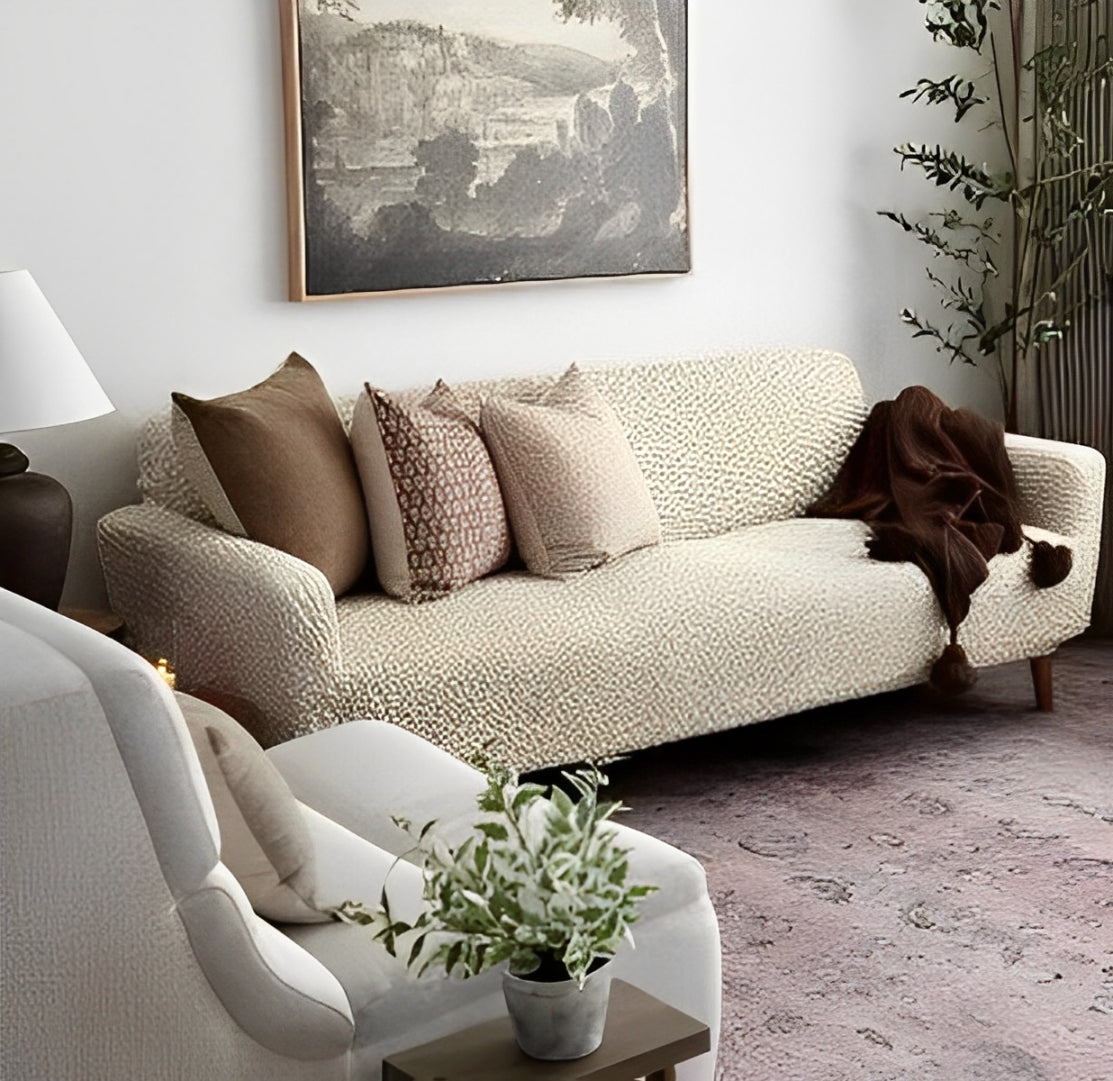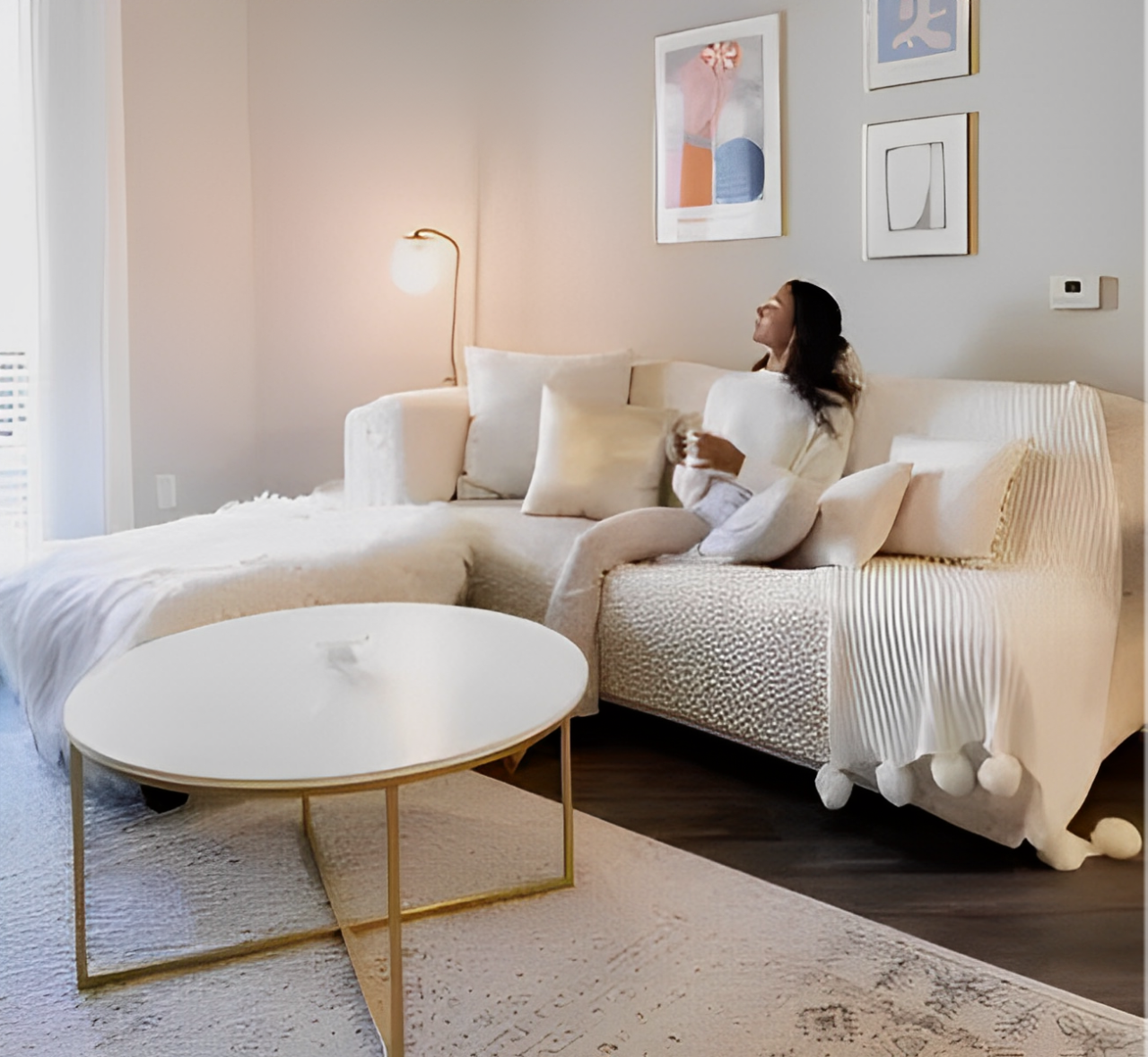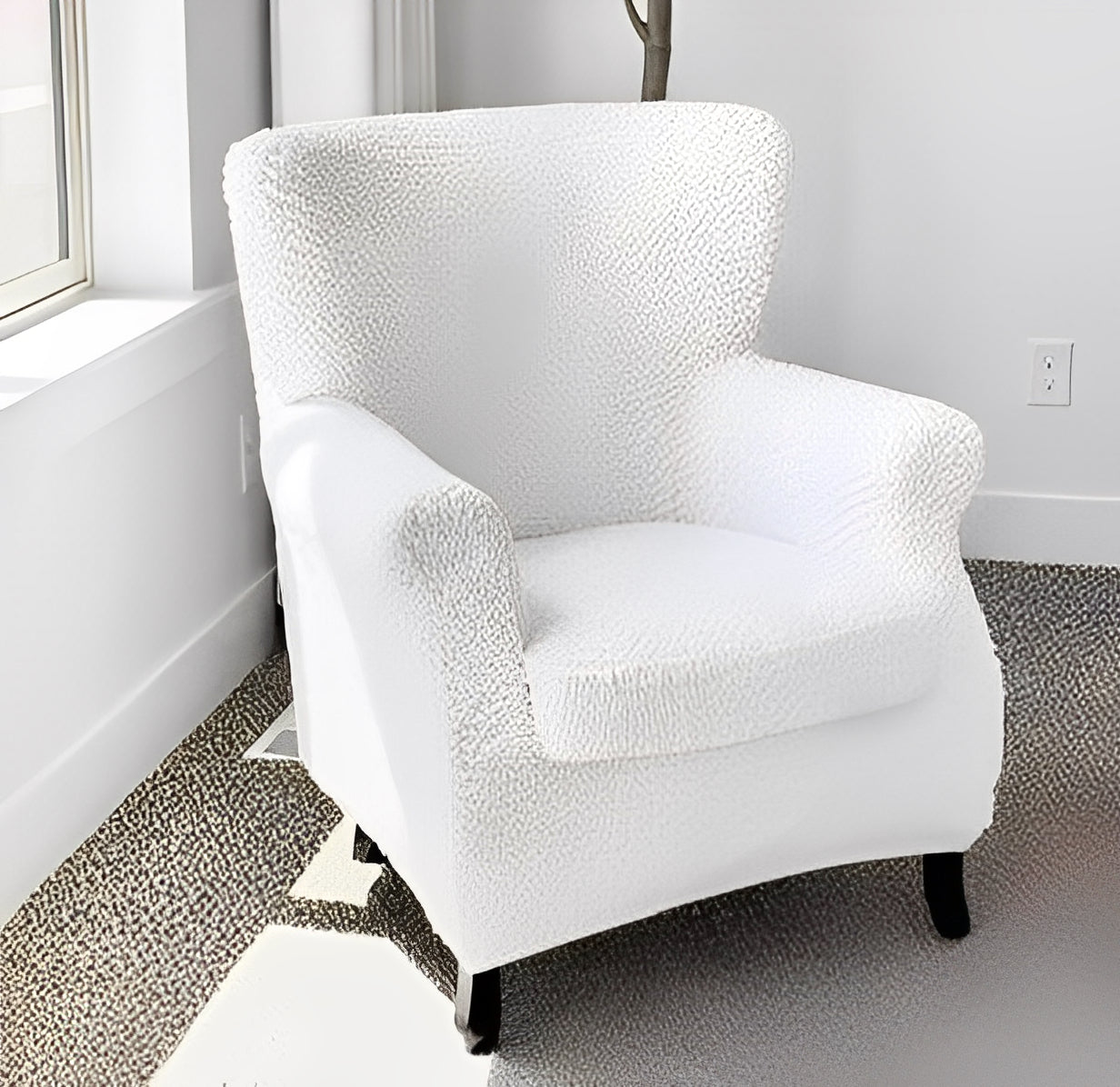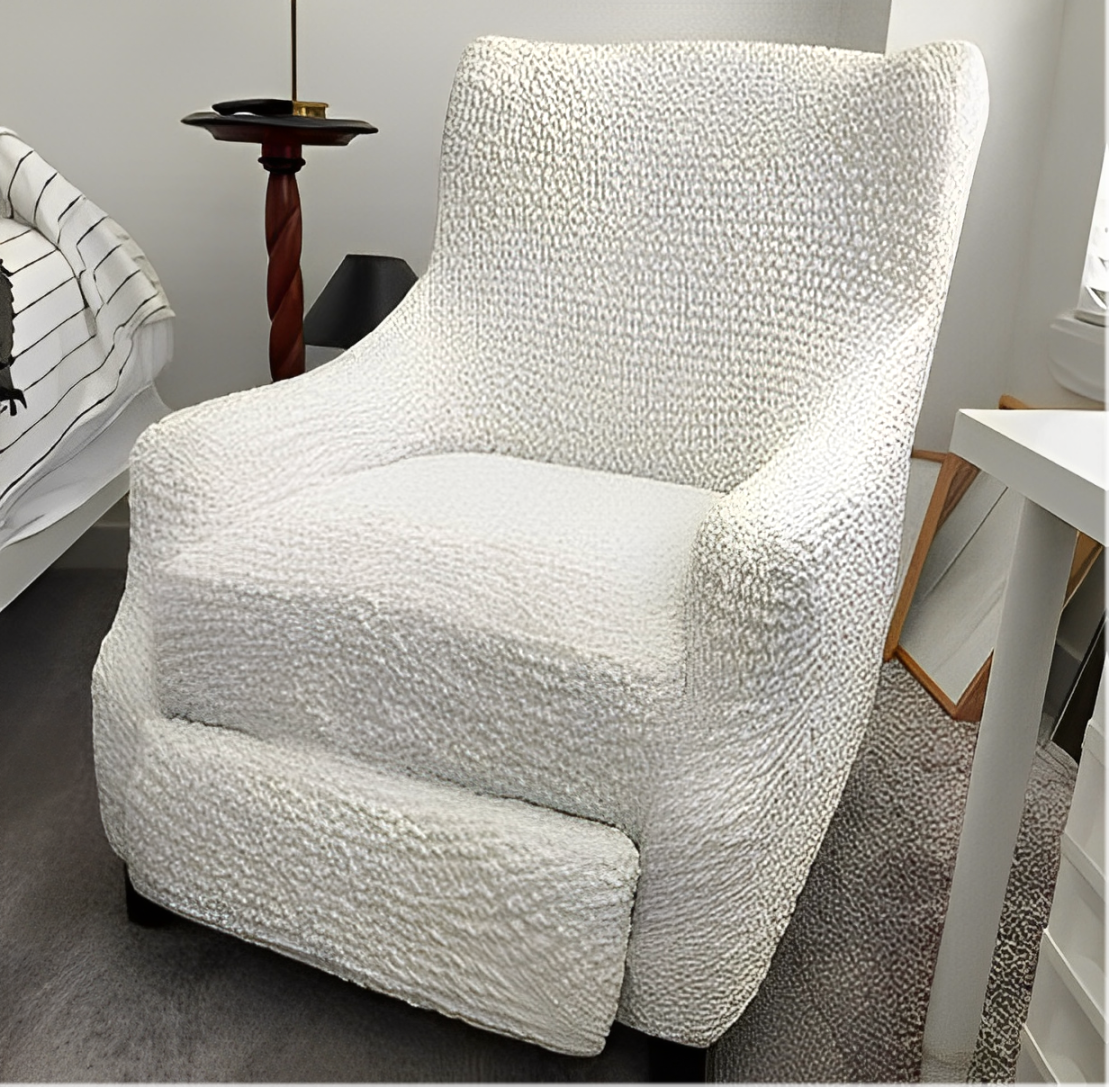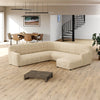The loveseat couch has earned its place as a well-known piece of furniture in households worldwide, celebrated for its unique combination of coziness and intimacy. Designed to fit two people, it is optimal for snuggling with a partner or enjoying a peaceful moment alone. Its petite size and charming aesthetic have made it a favored addition to living rooms, reading corners, and even offices.
Despite its widespread popularity, the origin of the "loveseat" sparks curiosity among many. What historical or cultural significance lies behind this term? Is there a romantic tale that explains its inception? In this article, we will explore the intriguing history of why a loveseat is called a loveseat. So let's uncover how it became linked to notions of romance and closeness, and why it continues to be cherished in modern homes.
From One to Two: Historical Origins of the Loveseat

First Design Concepts
In the 17th and 18th centuries, this small sofa emerged as a functional furniture item made to accommodate the bulky dresses that every woman of that time wore. Early loveseats were wider than regular chairs, offering enough place for women to be comfortable without wrinkling their lavish gowns. The initial purpose of this furniture was purely functional, focusing on practicality rather than intimacy.
Social and Cultural Context
Public norms and trendy styles played a significant role in the creation of the loveseat. Within this time, social interactions were highly formal, and public displays of affection were rare. As such, the couch served as a socially acceptable way for individuals, particularly couples, to sit closely, at the same time preserving proper decorum. The couch became a staple in parlors and drawing rooms, where it facilitated polite conversation and subtle courtship within the constraints of societal expectations.
How the Name Evolved: Why a Loveseat is Called A Loveseat
With the development of social customs, the functions and symbolism of this small couch changed. By the 19th century, the 2-seater began to transition from just a practical to a romantic seating option. Its name started to reflect its role where couples could share intimate moments. The term "loveseat" began to signify a seat for two and a space that encouraged closeness and affection. This evolution in both design and cultural significance solidified the loveseat's association with romance, a connection that endures to this day.
The 2-Seater's Journey Through Time: From Practicality to Chic
The unassuming two-seater often hailed as the "loveseat" in modern times, boasts a rich history that mirrors the ever-changing tides of social norms, aesthetics, and living situations. Let's embark on a historical voyage to explore the evolution of this adaptable furniture piece:
17th & 18th Centuries: The Era of Etiquette and Ample Seating
Function Before Flair: Early two-seaters prioritized practicality. Crafted from sturdy wood, they were designed for a single occupant. They offer ample space for the voluminous fashions of the era, like wide skirts and elaborate gowns.
Social Conduct Dictates Design: Seating arrangements held significant weight in social interactions. The two-seater's size adhered to strict social codes, offering a chaperone-approved alternative to closer forms of seating, thus ensuring a sense of decency.
19th Century: A Transformation Towards Comfort and Intimacy
Shifting Styles: As fashion trends progressed and furniture pieces embraced a more intimate aesthetic, the two-seater design changed to allow for two people to sit comfortably.
Birth of the Loveseat: The 19th century witnessed the birth of the term "loveseat," reflecting its newfound association with courtship and romantic companionship.
Early 20th Century: Embracing Modernity and Compact Living
Space Savers: The rise of urban living and smaller apartments fueled the popularity of the two-seater as a space-saving alternative to sprawling sofas.
Art Deco Influence: The Art Deco movement, with its emphasis on sleek lines and geometric forms, influenced the design of two-seaters, which began to showcase clean lines and prioritize functionality.
Mid-20th Century: When Modern Era Takes the Stage
Material Revolution: New materials appeared, such as leather and chrome, adding a more sophisticated look to the two-seater couches.
Convenience at the Forefront: The mid-century era championed ergonomic and functional features. Loveseats incorporated plush cushions and reclining mechanisms to enhance the user experience.
Late 20th & 21st Centuries: A Celebration of Versatility
A Tapestry of Styles: Today's two-seaters come in a variety of styles, from timeless chesterfields to contemporary minimalist designs, catering to diverse tastes.
Practical and Fashionable: Loveseats couches are prized for their adaptability, seamlessly integrating into various spaces. They create conversation nooks, reading retreats, and additional places for relaxation in bedrooms.
Personalization Reigns: Slipcovers and a vast array of fabrics allow for customization. They make it easy to adapt couches to evolving decor styles, ensuring they remain relevant reflections of our taste.
The two-seater has transcended its just functional roots, transforming into multipurpose furniture that reflects our modern desire for style, coziness, and adaptability in living spaces.
Small Seat, Big Impact: The Loveseat in Modern Homes
Enduring Popularity and Adaptability
The loveseat, despite its historical origins, remains a popular choice in contemporary home decor. It is small in size, so it fits well into modest living spaces. But it still creates a conversation nook in larger rooms.
These small couches offer the perfect balance between a single chair and a full sofa, providing comfortable seating for two while maintaining a sense of openness in the room. Additionally, their versatility allows them to seamlessly blend with various design styles, from mid-century modern to minimalist aesthetics.
Styling Tips for the Modern Loveseat
Incorporating a two-seater into your existing decor is easy. For a cohesive look, consider mirroring the style of your existing furniture or adding a contrasting element to provide a focal point. Loveseats can be paired with accent chairs and a coffee table for a cozy conversation area. For bedrooms, this couch positioned at the foot of the bed adds both style and extra seating.
Slipcovers: A Touch of Versatility
Loveseats are a great canvas for customization. Couch covers offer a convenient and affordable way to update the look of your two-seater and match your evolving decor. They also provide an extra layer of protection for your furniture, making them perfect for homes with kids and pets. With a vast array of colors and textures available, cushion covers allow you to personalize your couch and bring a unique style to your home.
A Transformation Steeped in History
The loveseat's fascinating transformation, from a functional item to an icon of modern intimacy, exemplifies how furniture reflects the social and cultural landscape it inhabits. Its journey reminds us that our homes are not merely collections of objects, but spaces that evolve alongside our needs and desires.
Today, the two-seater remains a well-liked and useful furniture piece. Whether nestled in a contemporary apartment or gracing a classy living room, it provides a haven for conversation, relaxation, and shared moments.
So next time you curl up on your loveseat, take a moment to appreciate its rich history and the opportunity it creates for connection in your home.
MORE INTERIOR DESIGN IDEAS AND INSIGHTS:
